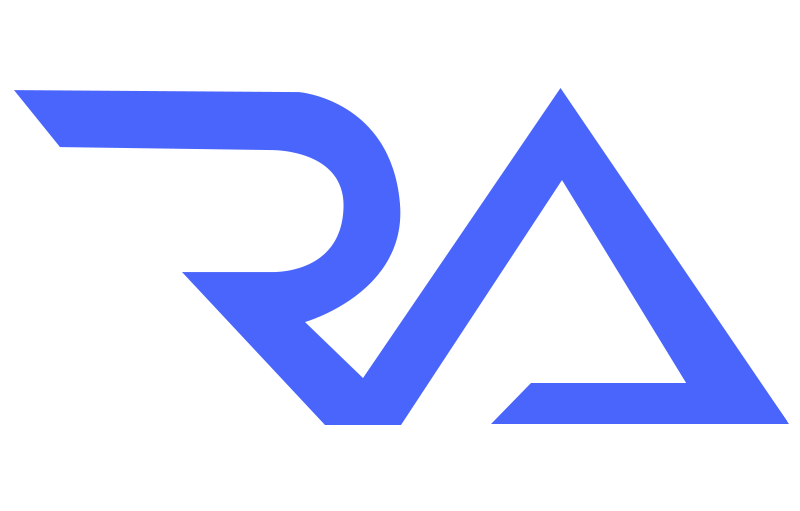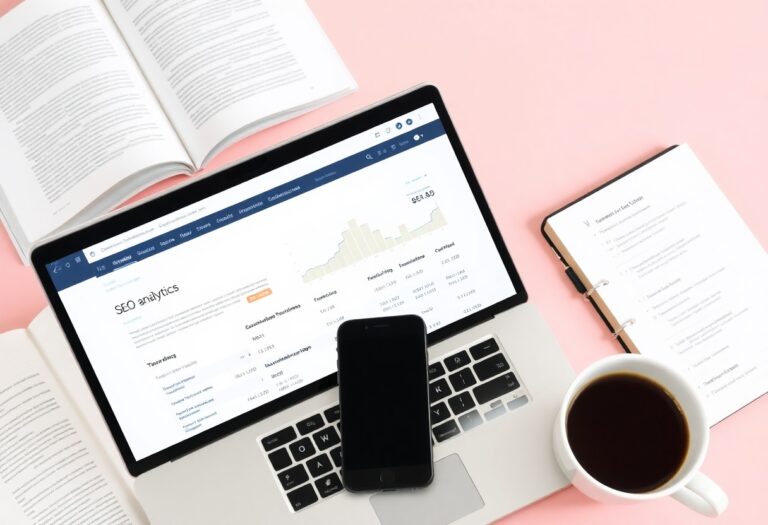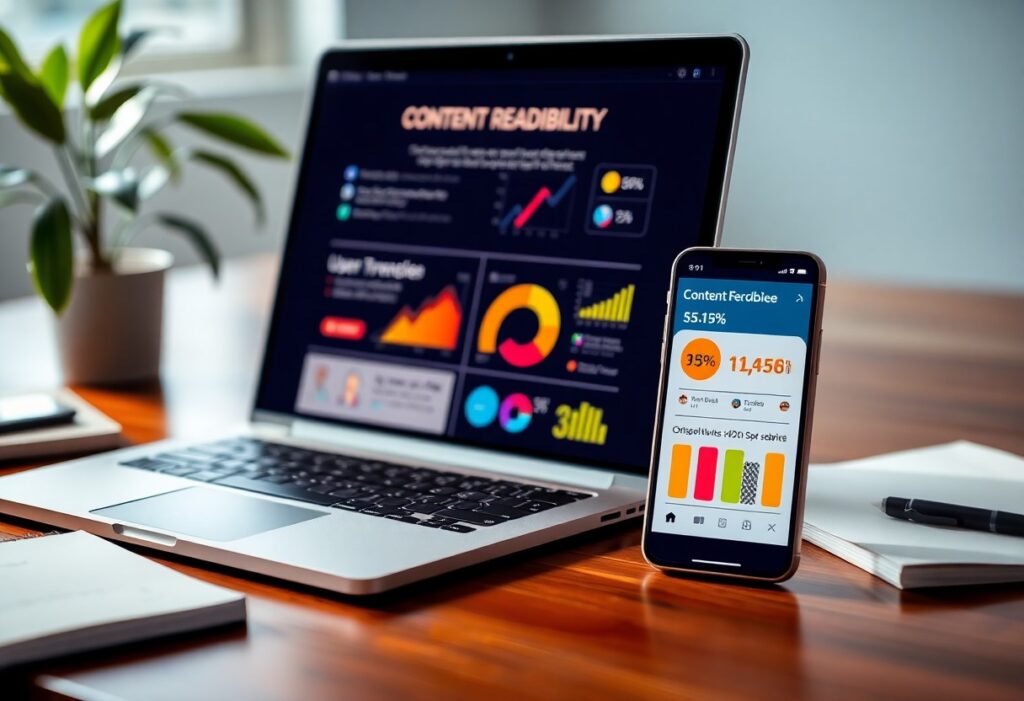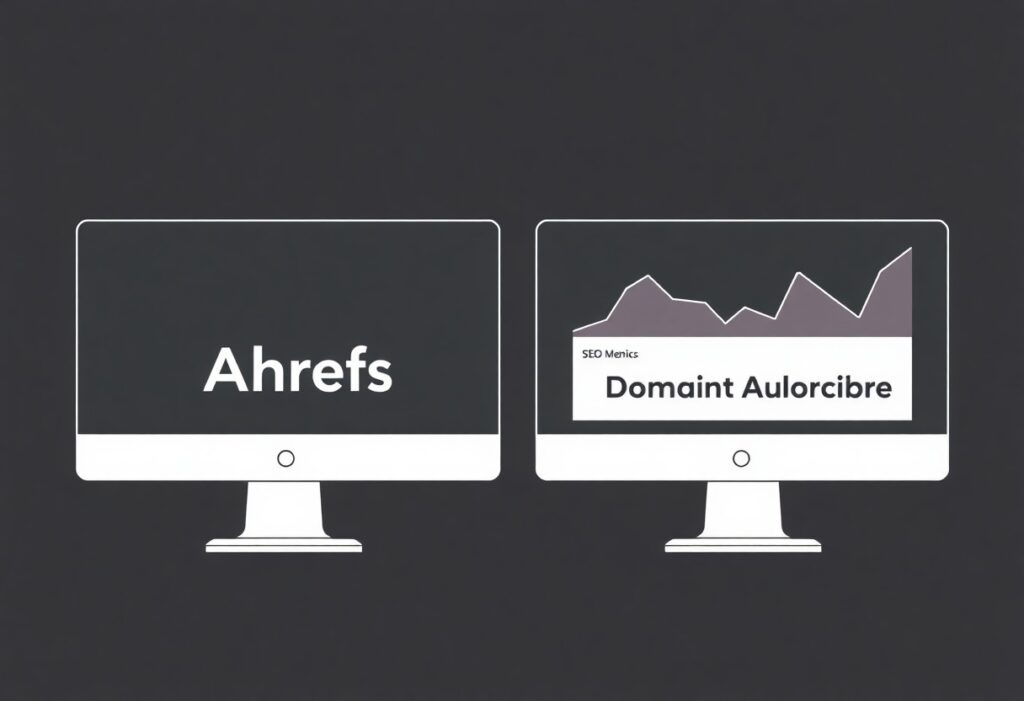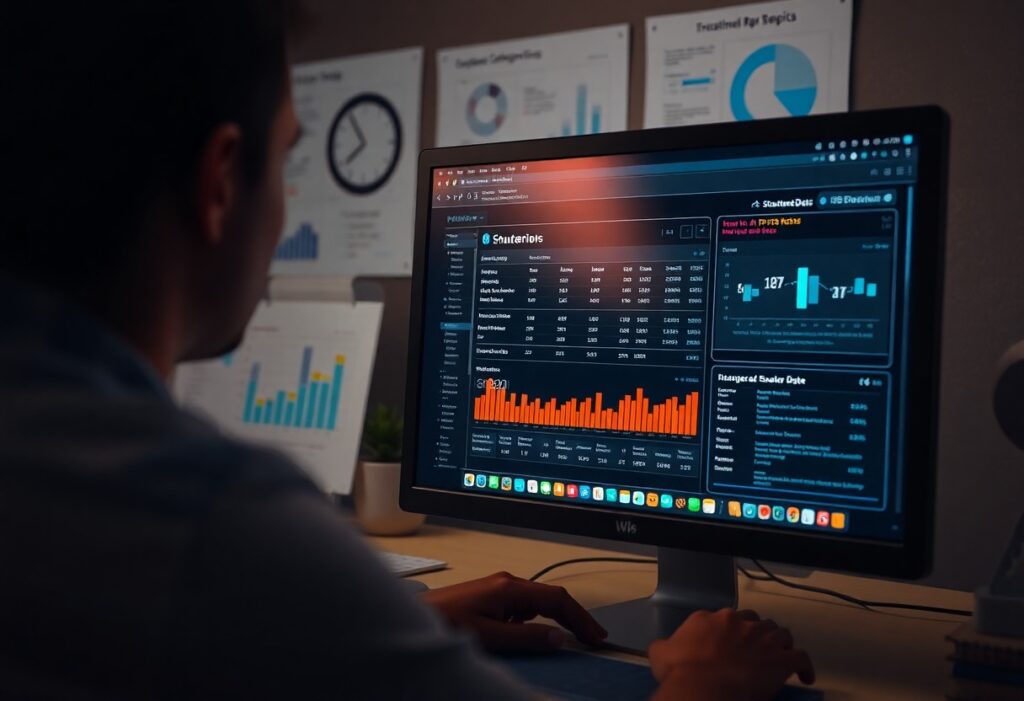Page Coverage and SEO are deeply connected and play a vital role in your website’s online success. Understanding how effective page coverage influences your SEO strategy is essential for improving visibility and increasing search engine rankings. In this comprehensive guide, you’ll discover why page coverage matters and how it directly impacts how your site is indexed. We’ll walk through practical ways to optimize your pages for better coverage while highlighting the risks of allowing gaps or duplicate content. By the end, you’ll be equipped with the knowledge and tools needed to strengthen your SEO game and elevate your digital presence. Let’s dive in and take your website to the next level!

Understanding Page Coverage
While managing your website’s SEO, it is imperative to comprehend how page coverage influences your online visibility. Page coverage refers to the extent of your web pages indexed by search engines. This aspect plays a significant role in determining how effectively your site can reach your target audience. A broader page coverage generally leads to improved ranking opportunities, resulting in enhanced traffic and engagement.
What is Page Coverage?
At its core, page coverage indicates the number of pages on your site that search engines successfully index. This means that the more pages indexed, the greater your chances of being discovered by users searching for relevant information. It is vital to ensure that your pages are structured correctly, contain quality content, and are accessible to bots. By focusing on page coverage, you can establish a solid foundation for your site’s SEO strategy.
Importance of Page Coverage in SEO
To maximize your SEO efforts, the importance of page coverage must be clearly understood. When search engines struggle to index your pages, valuable traffic opportunities are lost. As a result, your site may rank lower, reducing visibility and slowing business growth.
Furthermore, inadequate page coverage can prevent important content from appearing in search results. This directly limits your potential to reach new audiences and generate conversions. Therefore, consistent monitoring of page coverage is essential.Pages that remain unindexed cannot contribute to your SEO success. Without visibility, even high-quality content will go unnoticed. Fortunately, improvements can be made by ensuring all pages are crawlable, properly structured, and free of indexing errors.
Monitoring of Page Coverage
On the other hand, when page coverage is improved, more of your content is surfaced to users. This can lead to higher rankings, more clicks, and increased engagement. These gains support long-term business goals and strengthen your digital footprint.In many cases, overlooked indexing issues can be identified and resolved with the right tools. For example, using site audit reports or search console data allows weak spots to be found and addressed quickly.
With Rank Authority, this process is further simplified. AI-driven strategies are applied automatically to expand coverage and optimize your site structure. As updates are made, performance gains can be tracked in real time.Ultimately, strong page coverage plays a foundational role in SEO success. By making it a priority, more of your valuable content will be represented in search results—helping you grow faster and rank smarter.
Considering how inadequate page coverage can negatively impact your website’s performance, it is vital that you monitor and enhance this aspect of SEO regularly. Pages that are not indexed limit your chances of attracting organic traffic, thereby reducing potential conversions. On the other hand, improving your page coverage can lead to increased visibility and higher traffic, ultimately supporting your business goals. Focus on optimizing your page coverage to ensure that more of your valuable content is represented in search results. With the help of Rank Authority, you can leverage AI-driven strategies to bolster your website’s page coverage and enhance your overall SEO.

Key Metrics for Page Coverage
One of the important factors in determining your website’s performance is understanding the key metrics for page coverage. This refers to how well your pages are indexed and crawled by search engines. Monitoring these metrics allows you to optimize your content effectively, ensuring that your business can achieve better visibility on search engine results pages (SERPs). By leveraging these insights, you can evaluate your website’s strengths and weaknesses and implement strategies to improve your overall SEO performance, particularly with the assistance of Rank Authority.
Indexability
On the surface, indexability may seem straightforward, but it plays a vital role in how your pages are recognized by search engines. It refers to whether search engines can include your content in their indexed databases. To enhance your indexability, ensure your site structure is clean and user-friendly, and implement practices like using robots.txt and meta tags effectively. By focusing on these aspects, you will allow search engines to understand and rank your content properly, ultimately driving more traffic to your website.
Crawlability
Before digging deeper into crawlability, it is important to grasp its significance in your SEO strategy. Crawlability involves how easily search engines can navigate your website and access your pages for indexing. If your site has restricted access points or complex structures, it can hinder search engines’ ability to crawl your content. By optimizing your crawlability, you increase the likelihood that your pages will be included in search engine results.
Due to improper configurations such as broken links or excessive redirects, your website may face significant challenges in crawlability. A well-structured site not only benefits your visitors but also allows search engines to navigate seamlessly through your content. For instance, utilizing XML sitemaps can assist search engines in discovering pages you want them to index. Prioritizing crawlability is important because, without it, your efforts in content creation may go unnoticed, limiting your reach and visibility, especially when utilizing innovative tools and guidance from Rank Authority.
Tools for Analyzing Page Coverage
Even with a basic understanding of page coverage, using the right tools plays a significant role in optimizing your website. Tools for analyzing page covers can help you pinpoint potential issues affecting your site’s visibility. Essential tools can provide insights into your site’s indexing status, identify broken links, and assess the overall health of your pages, ensuring that you make informed decisions to boost your SEO strategy.
Google Search Console
Console users can access a wealth of data about their site’s performance. With Google Search Console, you can analyze page coverage reports that highlight how Google indexes your pages. Additionally, it allows you to identify any errors or issues that may be hindering your site’s performance. By staying vigilant and addressing these issues promptly, you improve your chances of ranking higher in search results.
Third-Party SEO Tools
Several valuable tools can be used to enhance your page coverage analysis and overall site performance. Platforms like SEMrush, Ahrefs, and Moz offer detailed insights into site health and search visibility. Through these tools, site audits and backlink evaluations can be performed with ease. In addition, competitor tracking is made possible through these platforms. This allows key opportunities to be identified based on what’s working for others in your industry. Duplicate content, missing tags, and unoptimized titles can also be flagged automatically, helping you take timely action.
When your website is analyzed through these tools, important technical issues can be revealed. Broken links, crawl errors, and slow-loading pages are just a few examples of what can be discovered. Once identified, each issue can be corrected to improve performance and usability. Moreover, third-party SEO tools complement Google Search Console by offering deeper visibility into your site’s structure and authority signals. This combination ensures a more complete view of your digital presence. By applying the insights provided, your site can be refined with confidence. Stronger page coverage, better indexing, and increased user satisfaction are often the result.
At Rank Authority, these insights can be integrated with our AI-driven technology. Actionable changes are recommended automatically and implemented with a single click. This simplifies your workflow and ensures improvements are made efficiently. In short, using trusted third-party tools along with Rank Authority gives you a powerful edge. Better data leads to smarter decisions—and those decisions lead to better rankings.
Common Issues Affecting Page Coverage
Keep in mind that understanding the common issues affecting page covers is vital for optimizing your website’s SEO performance. When overlooked, these issues can hinder your site’s visibility and lead to lower search engine rankings. By addressing these problems, you can improve user experience and ultimately enhance your page coverage.
Duplicate Content
Along with other factors, duplicate content can severely impact your page coverage. When multiple pages contain the same or very similar content, search engines may struggle to determine which version to index. This can dilute your page authority and cause confusion, making it imperative to create unique, high-quality content for every page on your website.
Redirects and Canonicalization
Among the most common issues that reduce page coverage are improper redirects and ineffective use of canonical tags. If redirects are misconfigured, user journeys may be interrupted by 404 errors or redirect loops. As a result, both user experience and search engine trust can be damaged. Additionally, when canonical tags are not used properly, pages may compete with one another for visibility. This internal competition can cause link equity to be diluted across multiple URLs, weakening your overall SEO efforts.
To avoid such pitfalls, redirects must be handled carefully. A 301 redirect should be used to indicate permanent changes, ensuring that link authority is preserved and transferred. When this is done correctly, search engines are more likely to maintain your rankings. Similarly, canonical tags should be implemented to signal the preferred version of duplicate or similar content. When used well, they consolidate page authority and reduce confusion for search engines. By doing so, visibility is improved and crawl efficiency is enhanced. These practices not only protect your rankings but also support long-term growth.
At Rank Authority, these optimizations are simplified through our one-click AI tools. Redirects and canonicalization can be reviewed and corrected with minimal effort. That way, your page coverage remains clean, consistent, and effective. Look at what Semrush has to say.
Best Practices for Improving Page Coverage
Unlike many aspects of SEO, improving page coverage is straightforward when you adopt the right strategies. Key best practices include conducting regular audits of your website, optimizing your sitemap, and ensuring proper structured data implementation. These actions not only enhance your site’s crawlability but also significantly increase the chances of your pages being indexed. By implementing these practices, you can ensure a broader reach for your content, thereby amplifying your visibility online through Rank Authority.
Sitemap Optimization
Among the most effective methods for improving page coverage is optimizing your sitemap. A well-structured sitemap helps search engines discover and index your content more efficiently. Ensure that your sitemap is up-to-date, only includes live pages, and adheres to XML standards. This reinforces your site’s organization and enhances its visibility, making it easier for search engines to crawl your important pages.
Structured Data Implementation
Sitemap optimization is imperative, but implementing structured data can take your SEO strategy to the next level. It enables search engines to better understand the context of your content, which can lead to enhanced visibility in search results. This means your pages may appear with rich snippets, resulting in higher click-through rates.
It’s important to use the correct schema markup relevant to your content. This implementation exceeds simply categorizing your data; it enables search engines to enrich search results, offering users more information at a glance. As a result, when done correctly, structured data not only increases your visibility but can also strongly impact page coverage and overall site performance. Ensure to regularly validate your structured data with tools like Google’s Structured Data Testing Tool for potential errors that may hinder your site’s effectiveness.
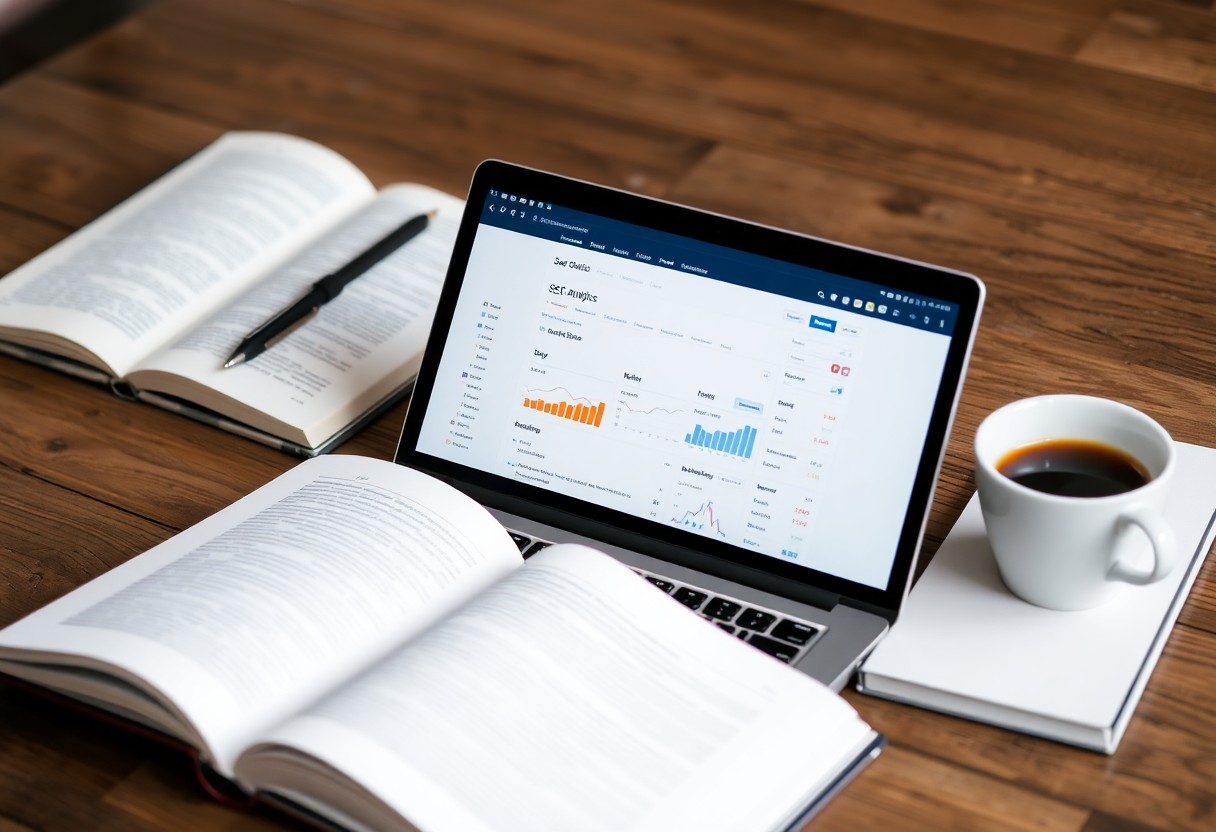
Measuring the Impact of Page Coverage on SEO
Your understanding of how page covers affect your SEO strategy is vital for improving your website’s performance. It’s not just about how many pages you have; it’s about how well those pages are optimized for search engines. By analyzing metrics like traffic and conversions, you can determine the effectiveness of your page coverage on your overall search engine rankings. Ultimately, the goal is to enhance user experience while driving more organic traffic to your site, allowing you to attract and retain more customers. Here is another link that talks more about SEO.
Traffic Analysis
For effective traffic analysis, you need to monitor the performance of your page covers regularly. Tools like Google Analytics allow you to track page views, bounce rates, and unique visitors. By focusing on these metrics, you can identify which pages deliver the most traffic and which ones fall short. This information helps you refine your content strategy, ensuring your most visited pages remain highly visible while optimizing those with lower traffic.
Conversion Rates
When it comes to conversion rates, it is imperative that the influence of page covers on user actions is fully understood. Insights into page performance can be gained by tracking conversion rates, which reveal how effectively desired outcomes—such as form submissions or product purchases—are being achieved. A high conversion rate is often viewed as an indication that users are being engaged effectively and guided toward meaningful action.
To improve these rates, page covers must be optimized with user intent in mind. When relevant content is presented and user needs are addressed, the likelihood of conversion is increased. Additionally, users can be influenced significantly by well-positioned calls to action and clearly displayed offers. On the other hand, a poor experience may be caused by a cluttered layout or overly complex navigation, which can result in higher bounce rates and reduced conversions.
With Rank Authority, best practices are easily implemented, allowing a balance to be maintained between content richness and usability—ultimately supporting stronger SEO and conversion outcomes.
.
Summing Up
On the whole, understanding page coverage can significantly enhance your SEO efforts. By ensuring your page covers all necessary aspects, you improve your website’s visibility and ranking on search engines. Furthermore, as you focus on page covers, you’ll find that optimizing your content leads to better user engagement and search engine recognition. Utilizing the strategies outlined in this guide helps maximize your page coverage and ultimately drives more traffic to your site. At Rank Authority, we specialize in AI-driven techniques to elevate your online presence and improve your SEO outcomes. So, take these insights and implement them for remarkable results.

Sign Up for Free!
One-Click Fully Automated SEO.
Boost Rankings, and Increase Traffic.
Instantly Optimize Your Site.
- No Coding
- No Credit Card Required
- One Click Setup
